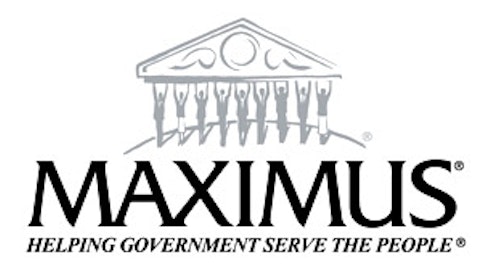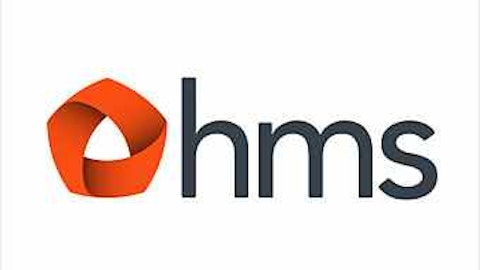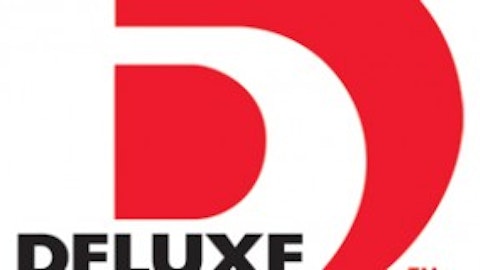![]() Value investors are well aware of a problem known as the “value trap.” Stocks with low price-to-earnings (P/E) ratios or high dividend yields are attractive to value investors, but if the stock price falls or just stays the same for many years, investors find that they are trapped in an investment that offers only low returns. Successful value investors have strategies that help them avoid this problem.
Value investors are well aware of a problem known as the “value trap.” Stocks with low price-to-earnings (P/E) ratios or high dividend yields are attractive to value investors, but if the stock price falls or just stays the same for many years, investors find that they are trapped in an investment that offers only low returns. Successful value investors have strategies that help them avoid this problem.
One technique you can use to minimize the risk of a value trap is to sell covered calls on value stocks. This strategy increases income, and the higher returns generated by selling options helps offset the risk of a price decline.
A call option gives the buyer the right, but not the obligation, to buy 100 shares of stock at the option’s strike price at any time prior to the expiration date of the option. The seller of a call has the obligation to sell 100 shares of stock to the call buyer at the strike price until the expiration of the option.Selling calls slightly above the market price of the stock allows for a profit if the stock price goes up. If the stock declines or stays the same, you can sell additional calls and continue to generate income from the position.
Let’s look at an example of a covered call trade I like right now.
RR Donnelley & Sons Co (NASDAQ:RRD) is a publishing and printing company with an attractive dividend yield of 6.3%. It works with customers to provide a variety of services and is among the largest printing companies in the country. It is also moving toward electronic publishing and owns the EDGAR system used by companies to publish their financial information with the Securities and Exchange Commission (SEC). Management expects the electronic publishing business to grow, and that could help reduce costs and improve profitability.
It is always important to remember that a higher-than-average dividend yield could be a sign that the company is in trouble. That is usually the case when the yield grows as the stock price declines. But that is not the case with RRD. Even after a recent pullback, the stock price is up more than 88% this year.

RRD has been paying a quarterly dividend since at least 1986, but earnings have been unsteady in the past few years. The company shows a loss in five of the last six years. Analysts expect a profit of $1.67 per share for the full year in 2013 and $1.72 for next year. If they are right, the stock is trading with a P/E ratio of less than 10 based on next year’s estimated earnings.
A string of annual losses has me looking for a little extra protection, and a covered call can provide just that. An investor with 100 shares of RRD could sell a call expiring in October with an exercise price of $17 for about $0.25. The potential income from selling this call is almost equivalent to an additional quarterly dividend payment.
If RRD is above $17 when the option expires, call sellers will have to sell their shares for $17. Based on the recent price of $15.88, this would be a profit of 8.6% in one month. You would receive $17 for each share of RRD, plus you would have $0.25 per share for selling the call.
If RRD is below $17 when the option expires, you would continue to own the stock and be able to sell additional calls. Assuming you could sell a covered call for at least $0.25 per share four times a year, you would be receiving income of $1 per share from the options and $1.04 per year from dividends. Combined, these two sources of income provide a return on investment of 12.8% a year, double the yield from the divided alone. If you sold a call for at least $0.25 each month of the year, you could see a 25.4% return, including dividends, quadruple the dividend yield on its own.
The covered call strategy reduces the risk of owning the stock because you would continue to receive income from selling calls even if the stock price falls or the dividend is cut. If RRD moves up, you lock in a short-term gain and can find other income opportunities.
This is a high-income strategy that should appeal to income investors in a low interest rate environment.
Note: Emails are pouring in from my readers: “Up over 60% on average.” “Making about $30,000/year.” “An average $1,300 a month.” “$19,500 in the last six months.” Some have even made over $100,000 this year. If you’re interested in learning how to use options to reduce risk and generate this kind of income, click here.
$1,000 Per Month Trading System
You could collect $1,000 or more per month without buying a single stock. Click here to learn how…





